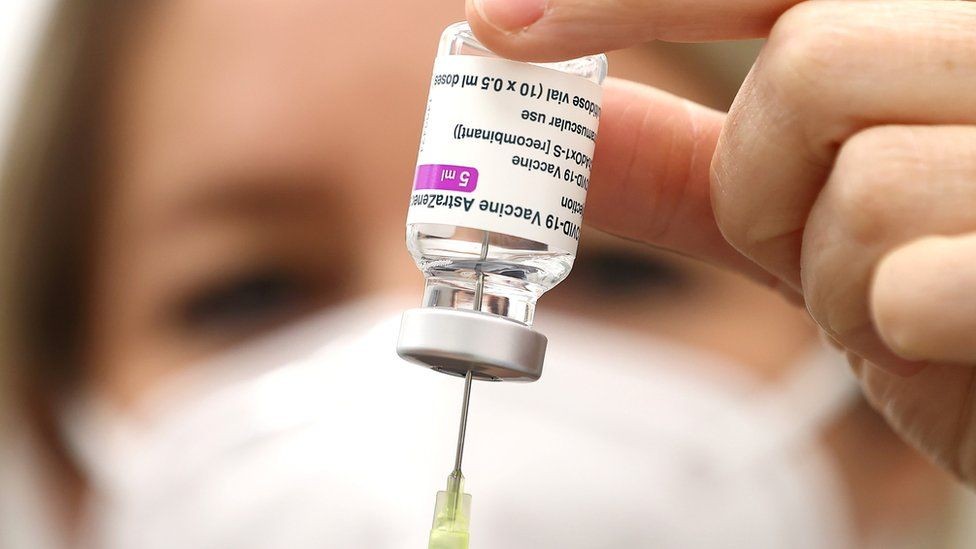Platelets are a type of blood cell that help your body in clotting. Platelet-rich plasma (PRP) is created by centrifuging blood to separate platelets. The procedure will also produce platelet-poor plasma (PPP) as well as platelet lysate (PL). PRP is used to treat problems like hair loss, osteoarthritis, and sports injuries.
Requirements for PRP Method
- A centrifuge is a machine that spins the blood to produce platelet-rich plasma.
- Handling safety equipment (gloves, facemasks, etc.)
- A PRP starter kit. PRP kits that have been certified by regulators and are safe are available from several vendors.
- It’s crucial to note that buying equipment that contains anti-coagulants or is built from specific materials can be harmful and even deadly in the bloodstream, so shop carefully.
You can buy PRP tubes from Plasmolifting World. Plasmolifting World was created in 2003 by a group of biomedical researchers as a fast-growing healthcare enterprise. They only use and recommend medical consumables and equipment that meet all regulatory compliance requirements for medical device manufacturing and circulation in all European countries, as well as all internal technical specifications established by the Plasmolifting PRP method developers based on their knowledge and experience.
Process of PRP
- Blood is drawn with the help of a needle injected into a vein.
- The blood is next treated in a centrifuge, which separates blood components into completely different components based on their density.
- Several white and red blood cells are also extracted, and the platelets are divided into serum (plasma).
- As a result, the apparatus concentrates the platelets and makes platelet-rich plasma by spinning the blood (PRP).
- However, depending on the methodology used to make PRP, putting blood into the centrifuge can result in a variety of products. As a result, platelets, white blood cells, and red blood cells vary significantly between PRP preparations.
- When most of the platelets are removed from the blood serum, a substance known as platelet-poor plasma (PPP) is formed. Cytokines, protein, and growth factors are found in the serum that remains.
- Protoplasm lysate (PL) or human protoplasm lysate (hPL) is formed when the protoplasm cell membranes are destroyed or lysed.
- The plasma is typically cooled and thawed to produce PL. In comparison to PPP, PL includes a wider range of growth factors and cytokines.
Use of PRP
- Chronic tendon injuries like jumper’s knee or tennis elbow could take time to cure, so including PRP needles in your treatment plan can help to speed up the healing process, reduce pain, and allow you to return to your favourite activities sooner.
- Post-surgical PRP injections have helped in healing damaged muscles, tendons, tissues, and ligaments.
- PRP injections help in osteoarthritis pain and stiffness by altering the joint environment and lowering inflammation.
- PRP injections can help prevent hair loss and promote new hair growth in men who have male pattern baldness. Hair growth stimulation can also be aided by PRP after hair transplants.
- Although PRP injections are used as an anti-aging treatment, there is little proof that they diminish wrinkles and other indications of age.
The FDA has approved the centrifuge machine and PRP tubes used to make PRP, as well as the injections themselves. PRP is not considered a medication because it is derived from one’s blood. With FDA approval, doctors can prescribe and administer PRP if they believe it is in the patient’s best interest.



